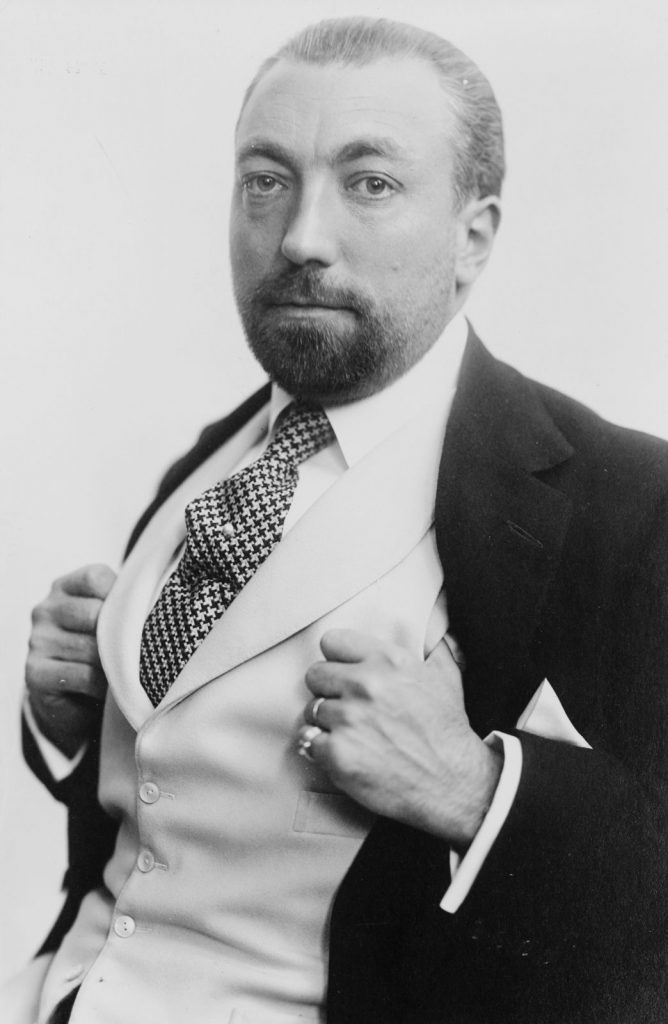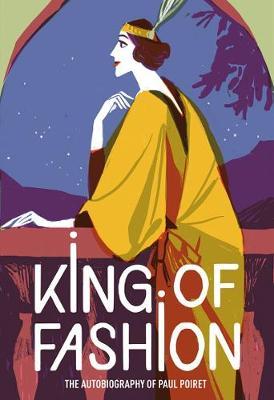from 1905 to 1915, a revolutionary evolution occurred. it changes the way women dress. it was Paul Boiret’s design. Paul Boret was born in Paris, France, on April 20, 1879, and died in Paris, France, on April 30, 1944. french couturier, also the most fashionable cloth designer before the world war one

Boiret was known for his neoclassicism and Oriental style. He promoted bras as a substitute for corsets and introduced a vertical tight-bottomed style skirt called hobble skirts. “I freed the bust,” boasted Poiret, “and I shackled the legs.”

His style, innovations, and influence on fashion
–the first couturier designer to avocated elimination of corsets
–he designed cloth similar to kimono-sleeved coat in 1906, hobble skirts in 1910, harem pants in 1911, and the lampshade tunic in 1913.
–Inspired by the eastern design of Russian Ballets Ruse, Poiret introduces a new dramatic Palette and colour combination.
–he chose to name his cloth, instead of using numbers to arrange his collection. for instance: “Sorbet” costume, a wire looped “lampshade” tunic atop harem pants in chiffon

–he was the first couturier to release perfumes, and it was released by his company which named after his daughter
–Artist Paul Iribe illustrated and released “Les Robes de Paul Poiret racontees par Paul Iribe”. This publication and other illustrations done by Erte, Louis Barbier, and Georges Lepape are the early forms of visual marketing for Poiret’s designs.
–in 1931, Paul Boiret authored his own autobiography, King of Fashion.

reference;https://www.metmuseum.org/toah/hd/poir/hd_poir.htm
Leave a Reply